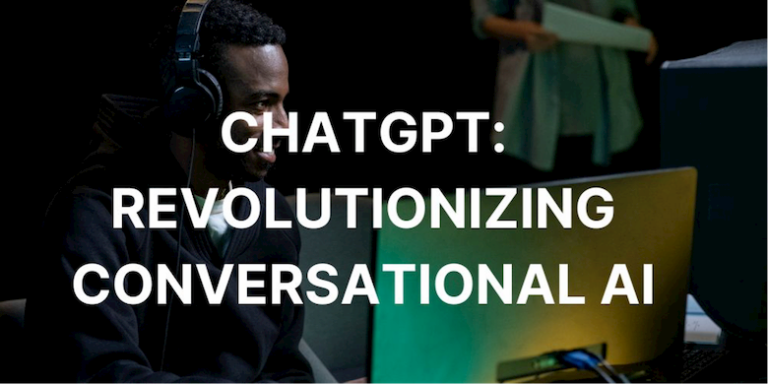There are several auto-generate technologies and models that have been applied in the field of stock market exchange worldwide. These technologies aim to automate trading strategies, predict market movements, and assist in decision-making processes. While it’s challenging to provide an exhaustive list, I can mention some commonly used technologies and models:

- Algorithmic Trading: Algorithmic trading involves the use of computer algorithms to execute trading orders automatically. These algorithms can analyze market data, identify patterns, and execute trades based on predefined rules or strategies. High-frequency trading (HFT) is a subset of algorithmic trading that relies on extremely fast execution and high-speed data processing.
- Machine Learning-Based Prediction Models: Machine learning techniques, such as regression, random forests, support vector machines, and neural networks, are utilized to predict stock prices, market trends, and other market indicators. These models analyze historical data and market variables to generate predictions for future price movements.
- Sentiment Analysis: Sentiment analysis involves analyzing social media feeds, news articles, and other textual data to gauge public sentiment and market opinions. Natural language processing (NLP) techniques are applied to extract sentiment from text, which can provide insights into market sentiment and potential impact on stock prices.
- Automated Portfolio Management: Auto-generate technologies are used to automate portfolio management tasks, including portfolio selection, rebalancing, and risk management. These technologies optimize portfolios based on predefined objectives, risk tolerance, and market conditions, with the aim of achieving higher returns or managing risk more effectively.
- Robo-Advisors: Robo-advisors are online platforms that provide automated investment advice and portfolio management services. They utilize algorithms and models to assess investors’ financial goals, risk profiles, and investment preferences to create and manage customized portfolios.
- Quantitative Trading Strategies: Quantitative trading strategies rely on statistical models and mathematical algorithms to identify trading opportunities. These strategies use historical and real-time data to make informed trading decisions based on predefined quantitative rules and indicators.
These are just a few examples of auto-generate technologies and models applied in the stock market exchange. It’s important to note that the effectiveness and success of these technologies depend on various factors, including data quality, model accuracy, market conditions, and the expertise of the individuals or organizations implementing them. Additionally, regulatory frameworks and risk management practices play a crucial role in the adoption and application of these technologies in the financial industry.

















+ There are no comments
Add yours